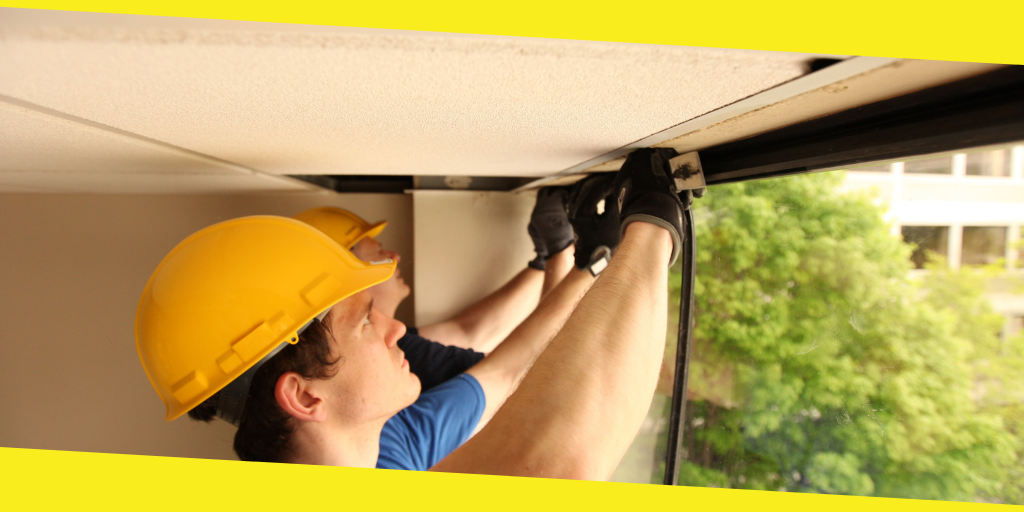
Homeowners may have difficulty deciding where the exact leak is occurring in their skylight. Oftentimes, all that is needed is a bit of caulk or roof cement however this will look unattractive.
How to determine where the leak is coming from
- Indoors leaks – take a close look at where the water stain is emanating. Trace the stains back to their highest point. The leak should either be at or up roof from that spot. You have the option to repair or replace window glass that may be damaged or old.
- Determine the difference between a skylight leak and an indoor condensate stain that has started from indoor moisture condensing on the skylight surface inside your home.
Steps to take
- Cut a small opening to inspect the ceiling – on the inside, if the drywall is modestly leak stained then chances are that the insulation on the ceiling has become wet and it may also have developed mold. If the stain is really small you can cut a small opening next to the leak to take a closer look at the roof cavity, ensure to check for rot, mold or insulation that is wet.
- You can remove the ceiling drywall inside the home – this is necessary if the leak has badly stained the drywall. You must remove the fibre glass that is wet or stained and thereafter clean the ceiling cavity. You should ideally leave the ceiling open near the affected skylight to allow it to dry completely.
- On the outside of your roof, an inspection must be done – check for obvious damages such as roof damage and debris. Also check if the roof had been previously repaired.
There are 4 types of roof cement failures to keep an eye out for, any appearance of these would mean that the patch is not keeping water out of your home:
- Flashing cement gaps – this is found at the top centre, the flashing cement does not adequately fill the gap between the two shingles.
- Flashing cement bonding failures – this is when the roof cement does not bond properly to the shingle material which is the result of it being applied over dirt.
- Thermal Expansion – This is when the roof cement has not survived the thermal expansion as the temperature changed on the roof and in the materials thereof.
- Flashing cement pinholes – this is difficult to see usually. You will notice small openings in the roof cement. As the patch material dries, it loses its elasticity and therefore develops pinhole perforations.
It is indeed much better to attend to issues before they get to a drastic stage. Regular checks are important to ensure that the skylight windows are well-maintained and that there are no leaks in your ceiling. Leaving these issues for later on could cost you lots of money and time on unnecessary repairs and even replacements.
You may like this